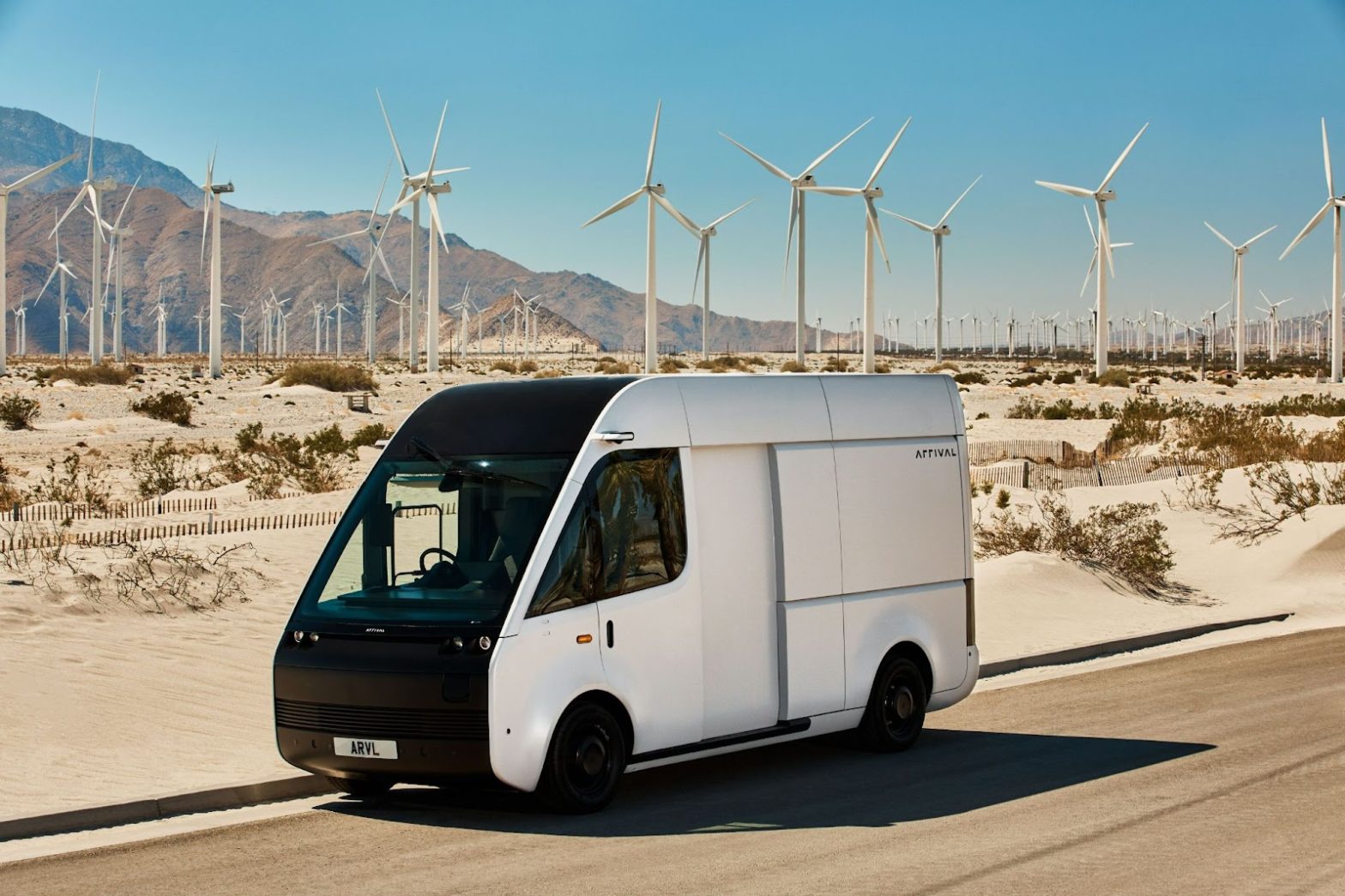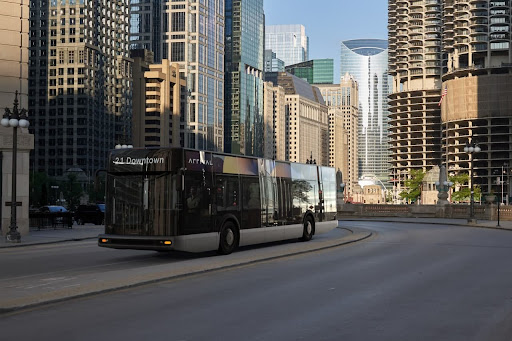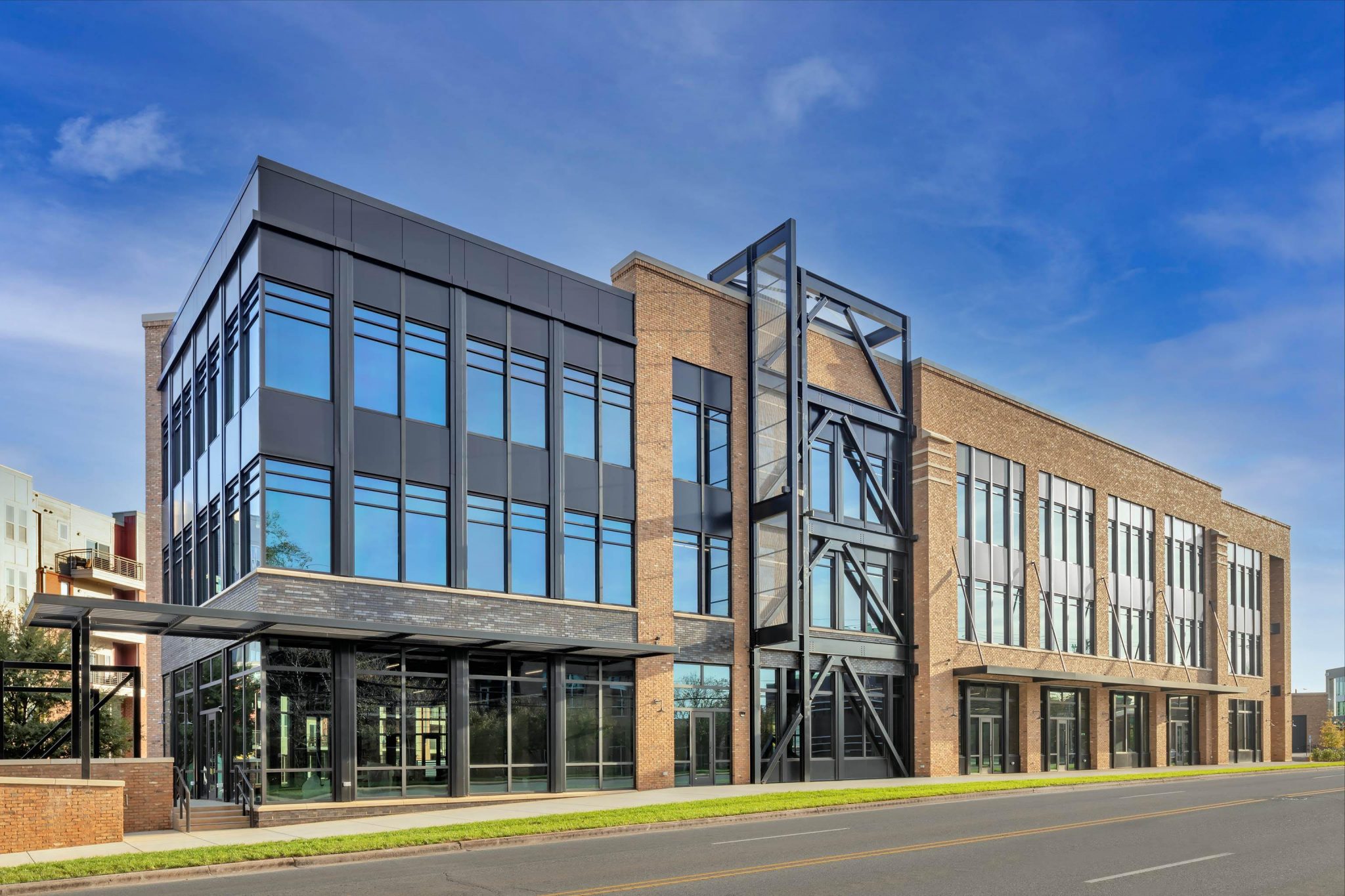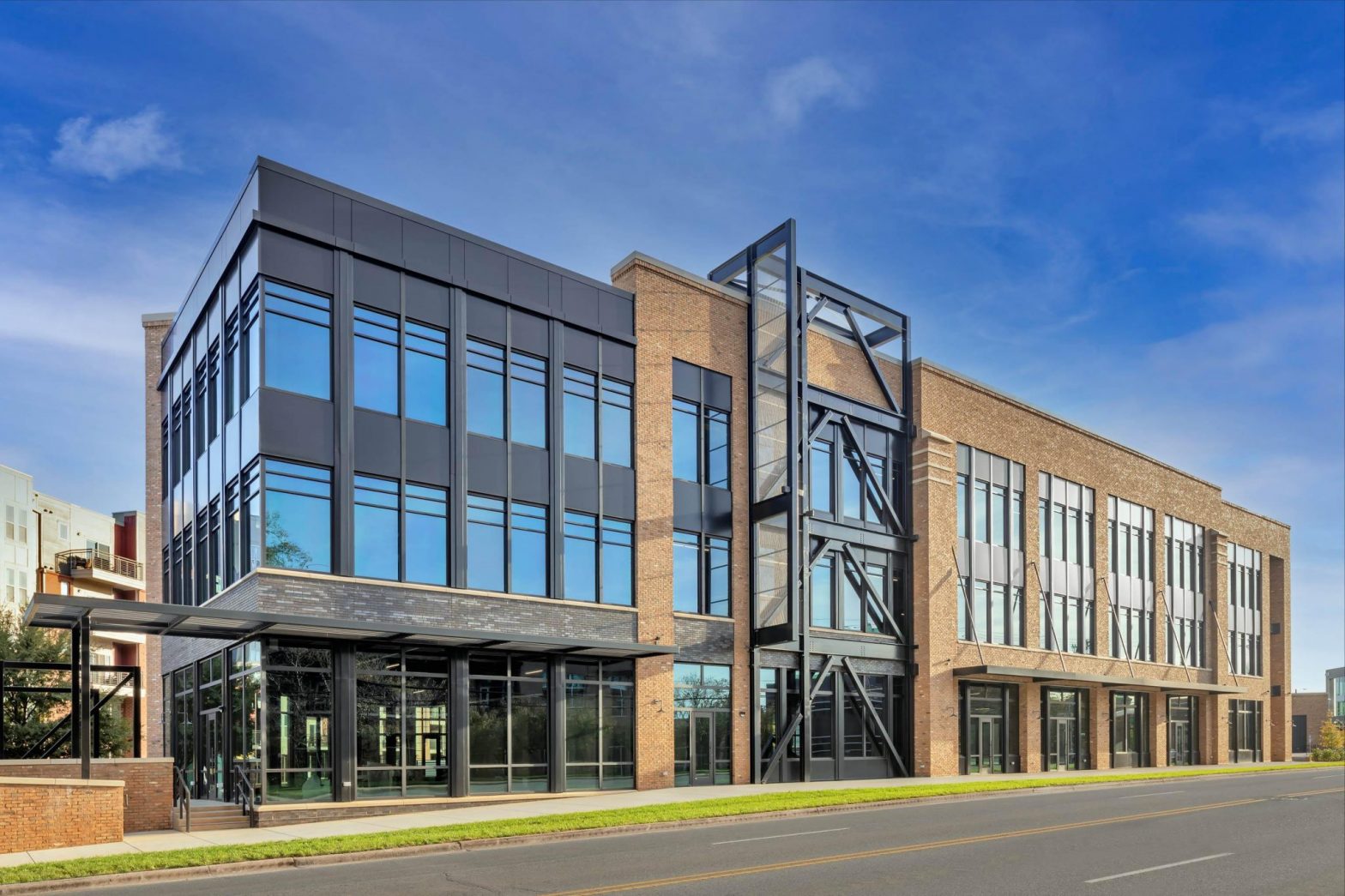
Photo: ArrivalVan_US
Beyond electric vehicles: The road to sustainable, equitable mobility includes redefining manufacturing with Microfactories
10 December 2021
Electric vehicles (EVs) are a key part of any strategy to transition to clean energy, due to transportation emissions making up about a quarter of greenhouse gas emissions globally. Each year in the United States, where transportation is the largest single source of emissions, 22.8 million commercial vehicles travel more than 430 billion miles and consume more than 55 billion gallons of fuel.
In the growing electrification movement, fleet owners are already searching for more affordable electric options. The demand for commercial EVs is projected to rapidly grow in the next ten years, with the global vehicle share of EV buses rising from 40 percent to 60 percent and EV light commercial vans (LCVs) from less than 5 percent to 30 percent by 2030. Arrival, starting with the Van and Bus, addresses this need by redesigning vehicles from the ground up to work toward a lower total cost of ownership compared to internal combustion engine vehicles.
Built with proprietary, durable composite materials, a modular, customisable powertrain platform and battery system, and cloud-based software, Arrival’s modern devices-on-wheels are built to support users’ unique everyday transportation needs while meeting communities’ 21st-century mobility challenges.
The Importance of Sustainability and Equity in Transportation
Governments globally are addressing the climate crisis with clean energy mandates, policies, programmes and investments that put a heavy emphasis on cleaner transportation due to the high percentage of emissions from the transportation sector and the impacts it has on public health. However, sustainability is not the only value that must be addressed in the transition to clean energy. In a Cities Today hosted roundtable discussion with fifteen North American transit agencies, we discussed that equity in mobility services must be a key goal, especially since equity and sustainability don’t necessarily go hand in hand. For example, in California, there are disparities across income and race where public EV chargers have been installed. This trend must not continue. Private EVs, shared e-mobility services (including transit), and charging infrastructure must be comfortably accessible, affordable, and usable for all populations, especially for those who have been historically marginalised and underserved.

Moving away from traditional automotive manufacturing: The Microfactory
To fully transition to a cIeaner and more equitable transportation sector, we must look beyond vehicles – we must innovate how we manufacture them. Instead of needing millions of square feet, high upfront billion-dollar capital investment, and multiple years to set up traditional automotive factory operations, Arrival’s 18,500 – 27,900 square metre Microfactories can be set up in six months with about 250 new employees and a much smaller capital investment.
Instead of an assembly line, production is cell-based and highly automated, with robots transporting materials between stations and building many parts of the vehicles.
Traditional automotive manufacturing processes are also costly to operate, energy-intensive, and polluting, especially paintshop processes and steel stamping. In Arrival’s Microfactories, the manufacturing process aims to be zero waste, low emission, and performed in an environment that is a pleasure to work in.
Therefore, key changes have been made to the process. Rather than metal bodywork, Arrival vehicles are built with thermoplastic composite materials that can have color embedded, therefore don’t require painting, are more durable, and are 50 percent lighter than steel.

Microfactories are a key part of working with local communities
Beyond setting up Microfactory operations in Bicester in the United Kingdom and Rock Hill, SC and Charlotte, NC in the United States, expansion for additional facilities and partnerships with cities are planned as demand increases. The Microfactory is one of the key parts of our collaborations with cities.
While providing careers in clean energy in the community, Arrival’s Microfactories will be local centres for workforce development through workforce training programmes, workshops, internships, and apprenticeships as well as community engagement with science, technology, engineering, art, and math (STEAM) programmes and site visits.
In partnership with community-based organisations, economic development corporations, and workforce development organisations as well as technical colleges and other academic institutions including Historically Black Colleges and Universities (HBCUs) and Minority Serving Institutions, we aim to cultivate the local workforce while providing a space for STEAM students to be inspired and learn from.
Our Microfactories will enable us to support local community resilience while preparing the next generation for clean energy careers.
At Arrival, our goal is to create radical impact – a future free from the limits of the past. Because we believe that radical impact moves at the speed of trust, we aim to go beyond vehicle delivery, engaging in collaborative public-private partnerships to develop solutions with the local community.
The transformation to a cleaner, more equitable transportation system will take more than putting more EVs on the road. We must also redefine how we manufacture vehicles and how we work with local communities.
Brought to you by:



